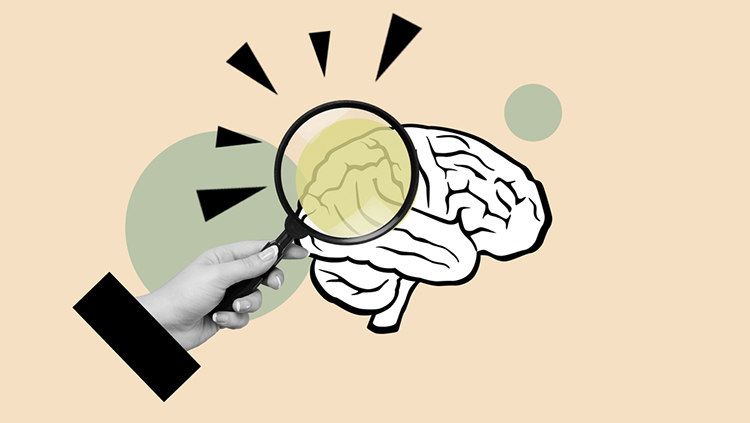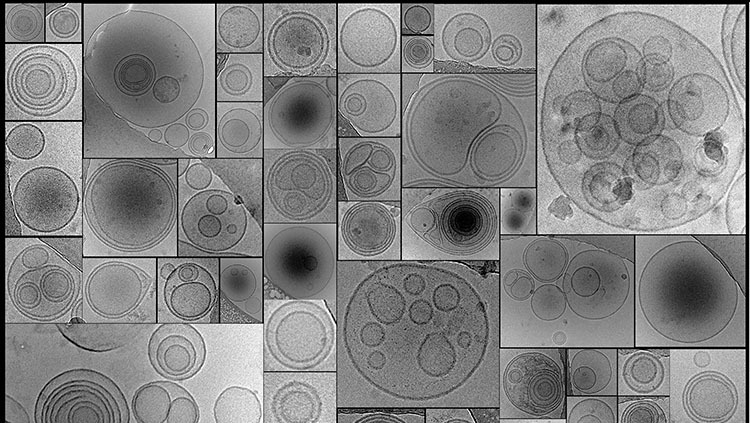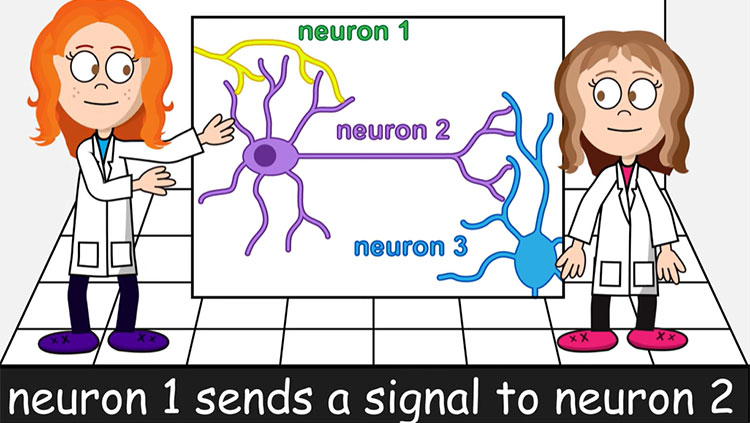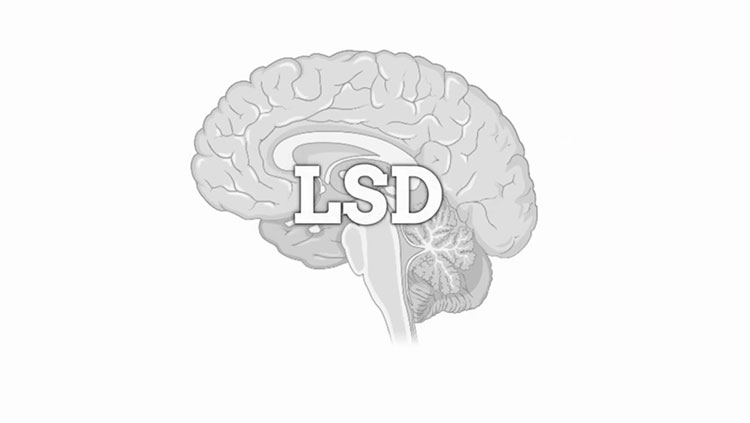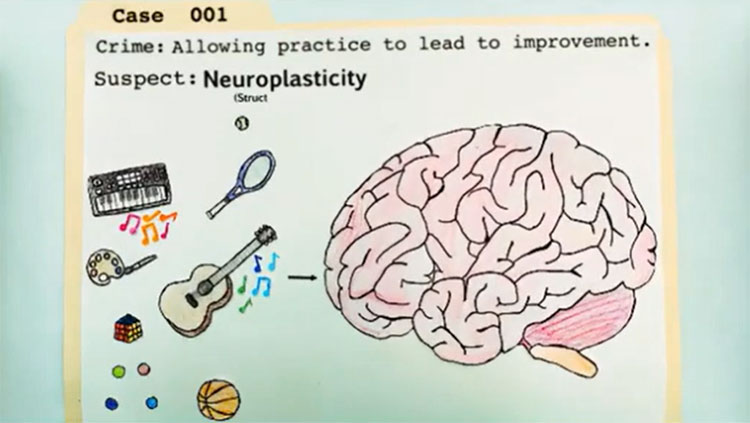Hormones: Communication between the Brain and the Body
- Published1 Apr 2012
- Reviewed1 Apr 2012
- Source BrainFacts/SfN
Hormones are important messages both within the brain and between the brain and the body.
In addition to the nervous system, the endocrine system is a major communication system of the body. While the nervous system uses neurotransmitters as its chemical signals, the endocrine system uses hormones. The pancreas, kidneys, heart, adrenal glands, gonads, thyroid, parathyroid, thymus, and even fat are all sources of hormones. The endocrine system works in large part by acting on neurons in the brain, which controls the pituitary gland. The pituitary gland secretes factors into the blood that act on the endocrine glands to either increase or decrease hormone production. This is referred to as a feedback loop, and it involves communication from the brain to the pituitary to an endocrine gland and back to the brain. This system is very important for the activation and control of basic behavioral activities, such as sex; emotion; responses to stress; and eating, drinking, and the regulation of body functions, including growth, reproduction, energy use, and metabolism. The way the brain responds to hormones indicates that the brain is very malleable and capable of responding to environmental signals.
The brain contains receptors for thyroid hormones (those produced by the thyroid) and the six classes of steroid hormones, which are synthesized from cholesterol — androgens, estrogens, progestins, glucocorticoids, mineralocorticoids, and vitamin D. The receptors are found in selected populations of neurons in the brain and relevant organs in the body. Thyroid and steroid hormones bind to receptor proteins that in turn bind to DNA and regulate the action of genes. This can result in long-lasting changes in cellular structure and function.
The brain has receptors for many hormones; for example, the metabolic hormones insulin, insulin-like growth factor, ghrelin, and leptin. These hormones are taken up from the blood and act to affect neuronal activity and certain aspects of neuronal structure.
In response to stress and changes in our biological clocks, such as day and night cycles and jet lag, hormones enter the blood and travel to the brain and other organs. In the brain, hormones alter the production of gene products that participate in synaptic neurotransmission as well as affect the structure of brain cells. As a result, the circuitry of the brain and its capacity for neurotransmission are changed over a course of hours to days. In this way, the brain adjusts its performance and control of behavior in response to a changing environment.
Hormones are important agents of protection and adaptation, but stress and stress hormones, such as the glucocorticoid cortisol, can also alter brain function, including the brain’s capacity to learn. Severe and prolonged stress can impair the ability of the brain to function normally for a period of time, but the brain is also capable of remarkable recovery.
Reproduction in females is a good example of a regular, cyclic process driven by circulating hormones and involving a feedback loop: The neurons in the hypothalamus produce gonadotropin-releasing hormone (GnRH), a peptide that acts on cells in the pituitary. In both males and females, this causes two hormones — the follicle-stimulating hormone (FSH) and the luteinizing hormone (LH) — to be released into the bloodstream. In females, these hormones act on the ovary to stimulate ovulation and promote release of the ovarian hormones estradiol and progesterone. In males, these hormones are carried to receptors on cells in the testes, where they promote spermatogenesis and release the male hormone testosterone, an androgen, into the bloodstream. Testosterone, estrogen, and progesterone are often referred to as sex hormones.
In turn, the increased levels of testosterone in males and estrogen in females act on the hypothalamus and pituitary to decrease the release of FSH and LH. The increased levels of sex hormones also induce changes in cell structure and chemistry, leading to an increased capacity to engage in sexual behavior. Sex hormones also exert widespread effects on many other functions of the brain, such as attention, motor control, pain, mood, and memory.
Sexual differentiation of the brain is caused by sex hormones acting in fetal and early postnatal life, although recent evidence suggests genes on either the X or Y chromosome may also contribute to this process. Scientists have found statistically and biologically significant differences between the brains of men and women that are similar to sex differences found in experimental animals. These include differences in the size and shape of brain structures in the hypothalamus and the arrangement of neurons in the cortex and hippocampus. Sex differences go well beyond sexual behavior and reproduction and affect many brain regions and functions, ranging from mechanisms for perceiving pain and dealing with stress to strategies for solving cognitive problems. That said, however, the brains of men and women are more similar than they are different.
Anatomical differences have also been reported between the brains of heterosexual and homosexual men. Research suggests that hormones and genes act early in life to shape the brain in terms of sex-related differences in structure and function, but scientists are still putting together all the pieces of this puzzle.
CONTENT PROVIDED BY
BrainFacts/SfN
Also In Cells & Circuits
Trending
Popular articles on BrainFacts.org


